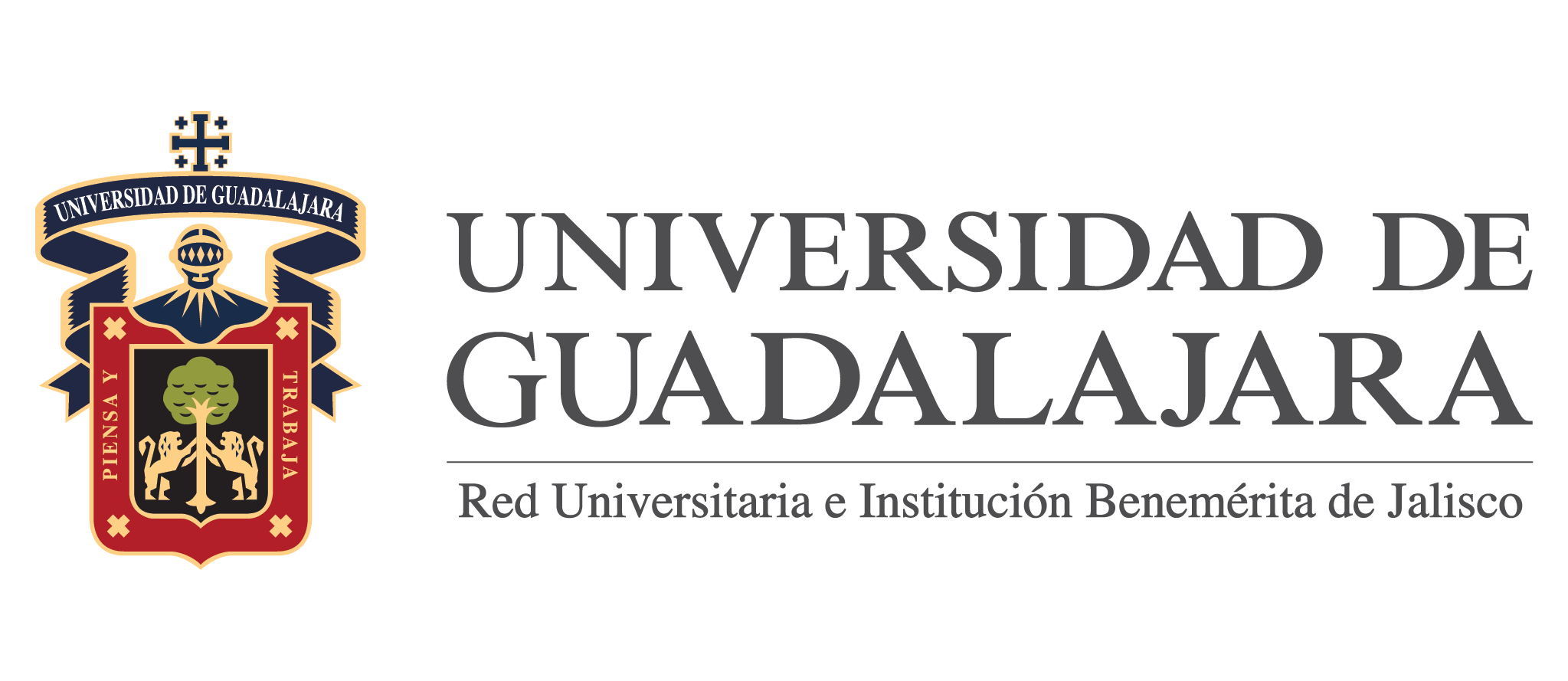The religious architecture of the new spain baroque and Tihosuco in the loss of viceregal culture in Quintana Roo.
Keywords:
Mayans., Temple., Religion., Christianity., Yucatan.Abstract
This writing is part of an extensive investigation of Baroque Art Studies in the Eastern Coast Peninsula of Yucatán. The objective is to study the viceregal churches with buildings where there are columns, an example is Tihosuco where it has columns and several of them were destroyed by the Caste War of the mid-19th century and a storm in 2020, so columns and regrettable loss in baroque architecture.
The theoretical framework is the aesthetics of Hans Georg Gadamer in his work Truth and Method in his application of analyzing the beauty of Baroque art as an architectural creation to exalt God, Jesus and the Virgin Mary on earth as a theological model in the process of becoming a communication, to evangelize the Mayans, who resisted in uprisings or the natives who accepted the Christian religion practiced syncretism.
The theoretical development of aesthetics gives a methodological sense to the research with the intention of understanding the life of the Mayans before the arrival of the Spanish in the 16th century, giving a result of contrary ideas between the Mayans and the Hispanics taking as examples the building of religious temples such as the New Jerusalem.
Downloads
Downloads
Published
How to Cite
Issue
Section
License
Copyright (c) 2024 Juan Manuel Espinosa Sánchez

This work is licensed under a Creative Commons Attribution-NonCommercial 4.0 International License.
You are free to:
- Share — copy and redistribute the material in any medium or format
- Adapt — remix, transform, and build upon the material
- The licensor cannot revoke these freedoms as long as you follow the license terms.
Under the following terms:
- Attribution — You must give appropriate credit , provide a link to the license, and indicate if changes were made . You may do so in any reasonable manner, but not in any way that suggests the licensor endorses you or your use.
- NonCommercial — You may not use the material for commercial purposes .
- No additional restrictions — You may not apply legal terms or technological measures that legally restrict others from doing anything the license permits.




























